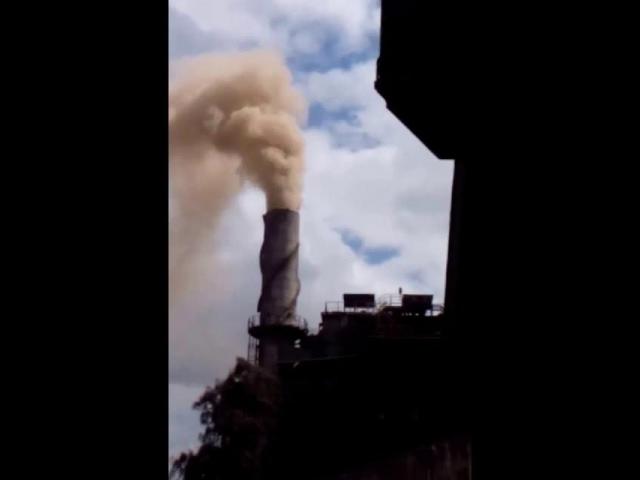
EIPR Discussion session on environmental litigation, makes recommendations to support the role of litigation in the protection of the environment and citizens
News
The Egyptian Initiative for Personal Rights (EIPR) organized a discussion on environmental litigation focusing on the Dekheila misdemeanor case against Alexandria Portland Cement-Titan on Monday, May 7, 2018. The discussion aimed to foster the exchange of expertise and promote cooperation among parties interested in environmental litigation, with the goal of developing litigation in this field and promoting its role in protecting the environment and achieving justice and redress for victims of violations.
A group of residents of the Wadi al-Qamar area in western Alexandria, located near a cement plant, had filed a complaint to the Environmental Affairs Agency (EAA) and the Public Prosecution in August 2015, alleging that emissions from the Alexandria Portland Cement were harmful to their health. In July 2016, the Public Prosecution referred the case (no. 6645/2016) to the Dekheila Misdemeanor Court in Alexandria. The prosecution brought three charges against the CEO of Alexandria Portland Cement in his official capacity. These charges were: failure to take the necessary precautionary measures to prevent the emission of air pollutants, failure to take measures related to the circulation and production of hazardous materials, and inflicting injury to the victims as a result of his neglect, recklessness, and non-compliance with laws and regulations.
On January 18, 2018, the misdemeanor court fined the company’s CEO amount of LE20,000 for each of the first and second charges and LE 200 on the third charge, and ruled to refer the civil case to the competent court. The company’s attorneys appealed the judgment. On March 21, 2018, the Appellate Misdemeanor Court in Dekheila upheld the first court’s judgment.
Attendees at the Discussion session highlighted the rarity of environmental lawsuits and the difficulties encountered by complainants in claiming their rights and proving harm, starting from the moment of filing the complaint with the EAA and prosecution till referral to trial and also during litigation. Obstacles mentioned include the weak protections provided by environmental laws, poor environmental oversight and inspection, and lack of access to information, as well as environmental agencies’ non-responsiveness to complaints and legal claims and the lack of police and court interest and experience in such cases.
The attendees made the following recommendations to develop environmental litigation:
1. Amend environmental laws and regulations to prohibit the operation of polluting facilities in residential areas, specify a minimum distance between residential and polluting factories, and improve emission standards in line with recommended global permissible levels.
2. Apply provisions in the environment law on the doubling of penalties and the prohibition on reconciliation for repeat offenses; apply little-used provisions that allow for compensation in addition to fines.
3. Improve the EAA’s performance in inspection, oversight, and response to citizen complaints; reinforce the importance of investigating each complaint individually, the need to notify citizens of the status of their complaint within a specific timeframe, and encourage popular participation and oversight on the performance of factories.
4. Improve the performance of the National Network for Monitoring Industrial Emissions (none of the huge emissions incidents recorded by local residents were reported by the National Network), guarantee access to and regularly publish information related to findings on factories and plants.
5. Build capacities in the prosecution and judiciary for environmental litigation and affirm such litigation’s importance in protecting citizen’s rights.
6. Support strategic environmental litigation with the goal of developing legal concepts for establishing harm in environmental and health cases, and expanding the scope of litigation through regional and international instruments in litigation.



